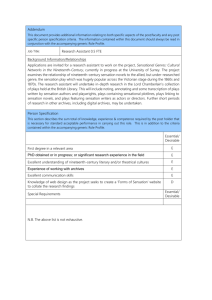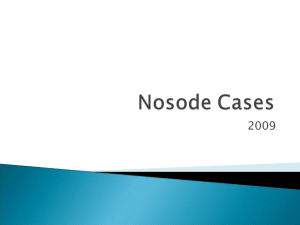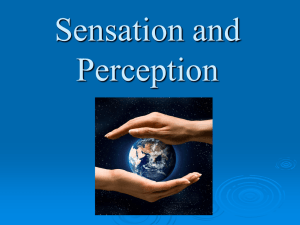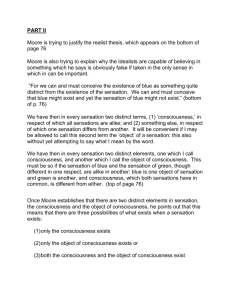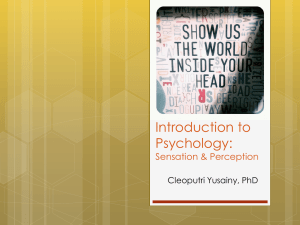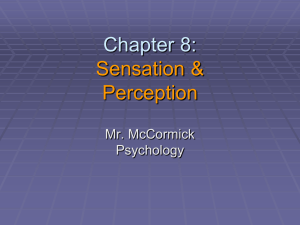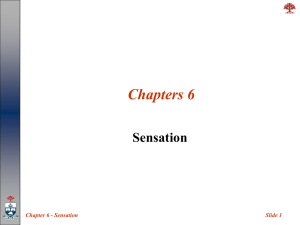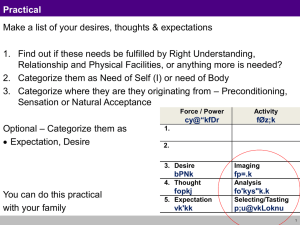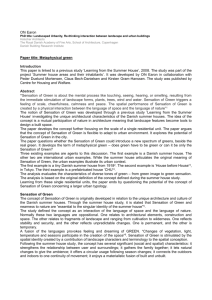No-Self and Dependent Origination
advertisement
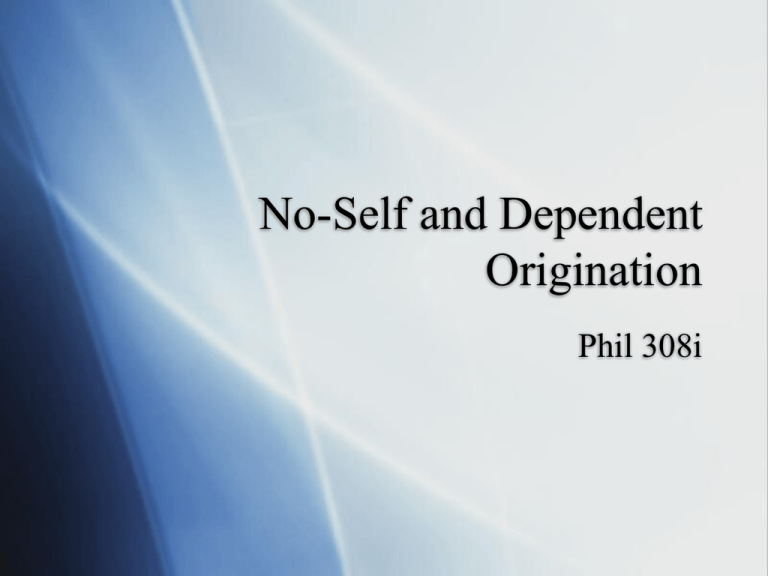
No-Self and Dependent Origination Phil 308i The Story of Nagasena and King Milinda - Generally dated around the second century C.E. - Nagasena’s Position (p.222) - The name “Nagasena” does not refer to a Self (atman); it is just a temporary, convenient designation for the aggregates. - Milinda’s response (p.222-223) - If it is true that there is no atman, then who is it that I am talking to? I am obviously talking to you, so your position must be false. The Doctrine of No-Self Nagasena’s response (p. 223-225) You came in a chariot today, but you are unable to identify it. You must be lying. The denial of atman, or unchanging essences, is not nihilism - something exists. Buddhaghosa’s Comment on NoSelf No-self (anatman) The doctrine of no-self is neither annihiliationism nor eternalism. These are the “two heresies.” (p.225-6) Annihilationism - nothing exists. This is to “outrun the truth.” (p.225) Eternalism - everything exists eternally. This is to “fall short of the truth.” (p.225) Sensation and the Self The text seeks to refute three views about the self: (p.226-228) 1. Sensation is the self. 2. The Self is something without sensation. 3. The Self is something that has sensation. Sensation and the Self Refutations: 1. Sensation is the Self. This position is impossible, as sensations are transitory. 2. The Self is not sensation. This position is also impossible, as there is no cognition of a self without sensation. There is no thought, “I am.” 3. The Self is something that has sensation. - If all sensations were to stop, there would be nothing else left. This would leave you with position 2. Sensation and the Self Refutations: 1. Sensation is the Self. This position is impossible, as sensations are transitory. 2. The Self is not sensation. 3. This position is also impossible, as there is no cognition of a self without sensation. There is no thought, “I am.” The Self is something that has sensation. - If all sensations were to stop, there would be nothing else left. This would leave you with position 2. Problems (Nagasena and King Milinda, cont.) Milinda: If there is no self, what is it that is reborn? (p.228) Nasena: the previous “self” causes the next “self” to be born, as a candle may be used to light another candle. (p. 228) Problems (Nagasena and King Milinda, cont.) Milinda: If there is no self, how is karma accumulated? (p.228) Nagasena: The evil deeds of the previous self cause karma to be formed in the next self. (p.229-230) There is some continuity between things: fire is derived from a previous fire. Dependent Origination The Dependent Origination as the Middle Way (p.233) Dependent Origination is not a belief in being (things exist eternally, in themselves) or nonbeing (nothing exists at all). All things depend on other things for their temporary existence, so they do not exist in themselves. When the causes that support a thing are withdrawn, the thing ceases to exist. Dependent Origination, Cont. Twelve part cycle of Dependent Origination (233) Things actually do come into existence; to say that something is dependent is not to say that it does not exist. The fundamental cause of dependent origination and the continued cycle of existence is bad karma created by ignorance and desire. Desire leads to attachment, the accumulation of karma, and rebirth.

